10 Most Visited Monuments In The World

Out of hundreds of monuments, we bring to you the busiest and the most visited monuments of the world. You really must be surprised to know the names on the list.
Posted On March 26th, 2021
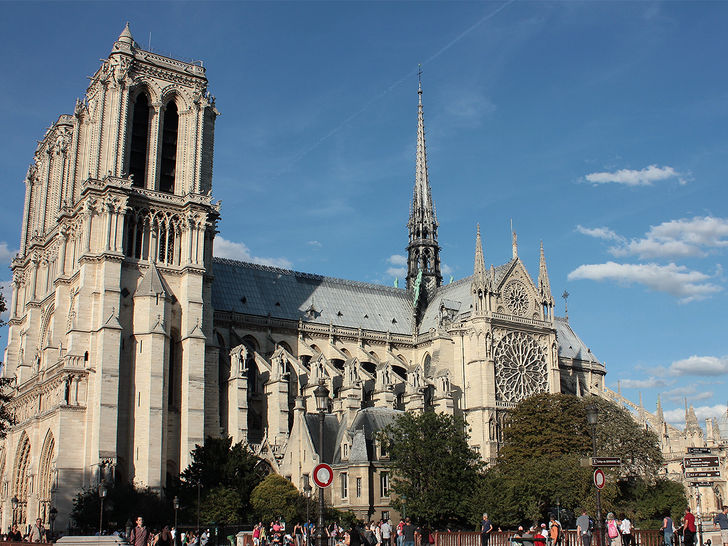
Notre Dame
Notre-Dame de Paris referred to simply as Notre-Dame, in the 4th arrondissement of Paris is a medieval Catholic cathedral on the Ile de la Cité. Consecrated to the Virgin Mary, the cathedral was considered one of the finest examples of French Gothic architecture. It is distinguished from the earlier Romanesque style by its innovative use of the rib vault and flying buttress, its enormous and vibrant rose windows, as well as the naturalism and abundance of its sculptural decoration. Major components that make Notre Dame stand out to include its massive historic organ and its immense church bells. Under Bishop Maurice de Sully, the building of the cathedral began in 1160 and was effectively completed by 1260, although it was updated frequently in the following centuries. During the French Revolution, Notre-Dame experienced desecration in the 1790s; much of its religious imagery was damaged or lost. The cathedral was the site of the coronation of Napoleon I in the 19th century, and the funerals of many of the French Republic's presidents.

Great Wall of China
The Great Wall of China is a collection of fortifications that were constructed as protection against various nomadic groups from the Eurasian Steppe across the historical northern boundaries of ancient Chinese states and Imperial China. As early as the 7th century BC, multiple walls were built, with selective stretches later joined together by Qin Shi Huang (220-206 BC), China's first emperor. There remains little of the Qin wall. Later on, numerous stretches of boundary walls were constructed and maintained by several successive dynasties. The Ming dynasty (1368–1644) constructed the most well-known portions of the wall. In addition to protection, border controls have been used in other purposes of the Great Wall, enabling the imposition of duties on goods transported along the Silk Route, restricting or facilitating trade, and monitoring immigration and emigration. In addition, by building watchtowers, troop barracks, garrison stations, signalling capabilities by means of smoke or fire, and the fact that the direction of the Great Wall often acted as a transport corridor, the defensive features of the Great Wall were strengthened.
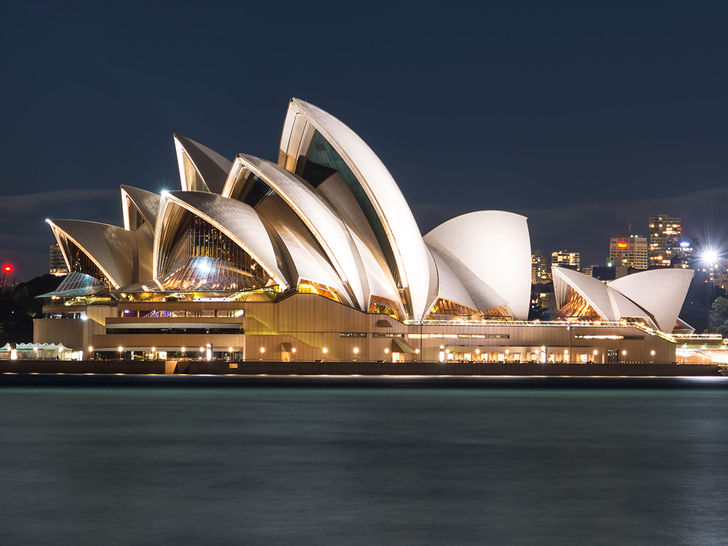
Sydney Opera House
The Sydney Opera House is a Sydney Harbour performing arts center located in Sydney, New South Wales, Australia, with several venues. It is one of the most prominent and exclusive buildings of the 20th century. The building was officially opened on 20 October 1973, built by Danish architect Jørn Utzon, but completed by an Australian architectural team led by Peter Hall, after a gestation starting with Utzon's 1957 selection as the winner of an international design competition. Work was approved by the Government of New South Wales, led by the premier, Joseph Cahill, to begin in 1958 with Utzon directing construction. The government's decision to build the design of Utzon is frequently overshadowed by subsequent events, including cost and schedule overruns and the final resignation of the architect. In Sydney Harbour, between Sydney Cove and Farm Cove, adjacent to the Sydney Central Business District and the Royal Botanic Gardens, and near to the Sydney Harbour Bridge, the building and its surroundings occupy the whole of Bennelong Point.
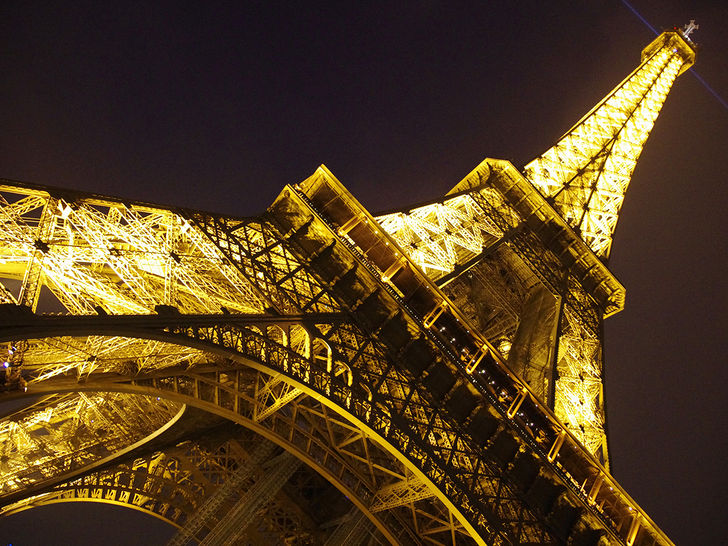
Eiffel Tower
The Eiffel Tower on the Champ de Mars, in Paris, France, is a wrought-iron lattice tower. It is named after Gustave Eiffel, the engineer whose company built and constructed the tower. It was designed as the entrance to the 1889 World's Fair from 1887 to 1889 and was initially criticized for its architecture by some of France's leading artists and intellectuals, but it has become France's global cultural symbol and one of the world's most recognizable structures. The Eiffel Tower is the world's most-visited paying monument; in 2015, 6.91 million people climbed it. The tower is 324 meters (1,063 ft) high, about the same height as the 81-storey building and the tallest structure in Paris.

Lincoln Memorial
The Lincoln Memorial is a national U.S. memorial designed to commemorate Abraham Lincoln, the 16th President of the United States. It is in the shape of a neoclassical temple on the western end of the National Mall in Washington, D.C., across from the Washington Monument. Henry Bacon was the architect of the monument. Daniel Chester French was the builder of the large central statue of the memorial interior - Abraham Lincoln, 1920; the Piccirilli Brothers carved the Lincoln statue. Jules Guerin was the painter of the interior murals. Dedicated in May 1922, it is one of the monuments created to honour an American president. It has always been a significant tourist destination and has been a symbolic hub focused on race relations since the 1930s. Its base is square, each side measuring 125 metres (410 ft). The Eiffel Tower surpassed the Washington Monument during its construction to become the world's tallest man-made structure, a position it retained for 41 years until New York City's Chrysler Building was completed in 1930. It was the first structure to exceed 300 m in height. It is now 5.2 metres higher than the Chrysler Building because of the installation of a broadcast aerial at the top of the tower in 1957 (17 ft). Except for transmitters, after the Millau Viaduct, the Eiffel Tower is the second tallest free-standing structure in France.
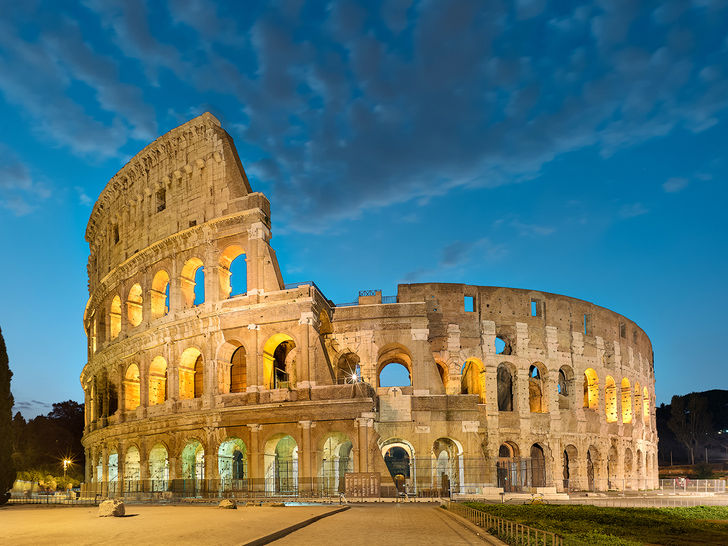
Colossuem
The Colosseum is an oval amphitheatre located just east of the Roman Forum in the center of the city of Rome, Italy, and is the largest ancient amphitheatre ever constructed and, considering its age, still the largest standing amphitheatre in the world today. Building started in 72 under Emperor Vespasian (r. 69-79 AD) and was finished under his successor and heir, Titus (r. 79-81) in AD 80. During the reign of Domitian (r. 81-96), further changes were made. The three emperors who were patrons of the work are known as the Flavian dynasty, and the amphitheatre was called the Flavian Amphitheatre (Latin: Amphitheatrum Flavium; Italian: Anfiteatro Flavio) by later classicists and archaeologists because of its connection with their family name (Flavius).
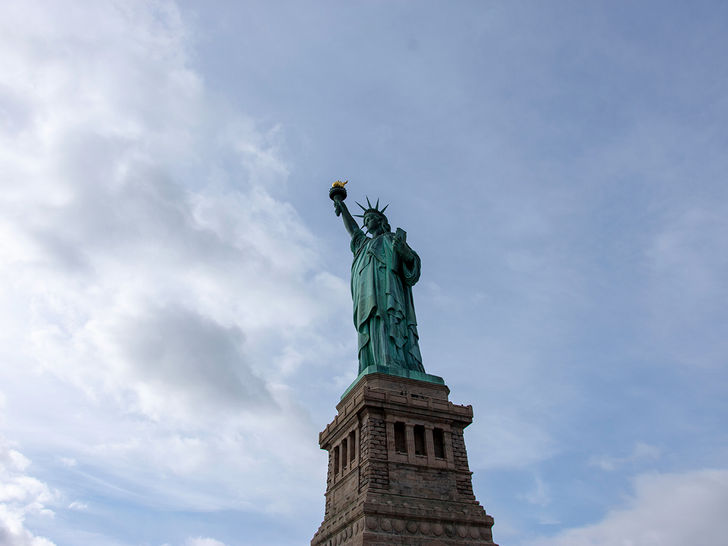
Statue of Liberty
A monumental neoclassical sculpture on Liberty Island in New York Harbor, New York City, in the United States, is the Statue of Liberty (Liberty Enlightening the World; French: La Liberté éclairant le monde). The French sculptor Frédéric Auguste Bartholdi created the copper statue, a gift from the people of France to the people of the United States, and its metal frame was made by Gustave Eiffel. On October 28, 1886, the statue was dedicated. The statue is a figure of Libertas, the robbed goddess of Roman liberty. She wears a torch with her right hand above her head and bears a tabula ansata inscribed JULY IV MDCCLXXVI (4 July 1776 in Roman numerals), the date of the United States, in her left hand. Independence Declaration. A broken shackle and chain lie at her feet as she walks forward, commemorating the recent national abolition of slavery.[8] After its dedication, the statue became an icon of freedom and of the United States, seen as a symbol of welcome to immigrants arriving by sea.
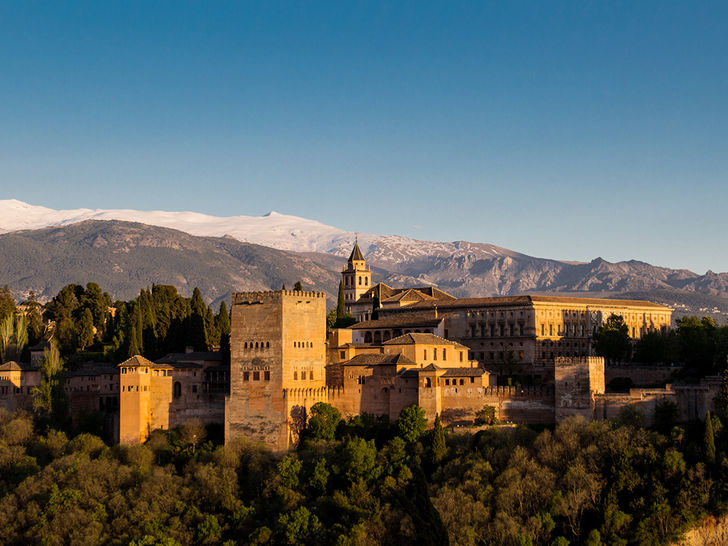
Alhambra
Located in Granada, Andalusia, Spain, The Alhambra is a palace and fortress complex. It was originally built in 889 CE as a small fortress on the remains of Roman fortifications, and then largely ignored by the Arab Nasrid emir Mohammed ben Al-Ahmar of the Emirate of Granada, who built his current palace and walls with many magnificent, intricate details, until its ruins were renovated and rebuilt in the mid-13th century. It was converted in 1333 by Yusuf I, the Sultan of Granada, into a royal palace.

Pyramids of Giza
In the Giza pyramid complex bordering today's Giza in Greater Cairo, Egypt, the Great Pyramid of Giza (also known as the Pyramid of Khufu or the Pyramid of Cheops) is the oldest and biggest of the three pyramids. It is the oldest of the Ancient World's Seven Wonders, and the only one to remain relatively intact. Egyptologists conclude that over a 20-year period concluding about 2560 BC, the pyramid was constructed as a tomb for the Egyptian pharaoh Khufu of the Fourth Dynasty. The Great Pyramid originally stood at 146.5 meters (481 feet) and has been the world's tallest man-made building for more than 3,800 years. It is expected to weigh approximately 6 million tonnes and consists of 2.3 million blocks of limestone and granite, some weighing as much as 80 tonnes. It was originally covered by limestone casing stones that formed a smooth outer surface; the underlying core structure is what is seen today, but at the foundation, a few casing stones can still be seen. It was constructed by digging and raising huge stones from a quarry, but there are conflicting scientific and alternative theories about the exact technique of construction.

Taj Mahal
On the southern bank of the Yamuna River in the Indian city of Agra, the Taj Mahal is an ivory-white marble mausoleum. It was built to house the tomb of his favourite queen, Mumtaz Mahal, by the Mughal emperor Shah Jahan (ruled 1628 to 1658) in 1632; it also houses the tomb of Shah Jahan himself. The tomb is the centrepiece of a 42-acre (17-hectare) complex that includes a mosque and a guest house and is set in formal gardens bordered by a crenellated wall on three sides. In 1643, the building of the mausoleum was largely finished, but work proceeded for another 10 years on other phases of the project. It is assumed that the Taj Mahal complex was completed in its entirety in 1653 at a cost estimated at the time to be about 32 million rupees, which would be around 70 billion rupees (around the US $956 million) in 2020. Under the supervision of a board of architects headed by the court architect to the emperor, Ustad Ahmad Lahauri, the building project employed some 20,000 artisans.

